What’s Underneath Your Roadtrek?
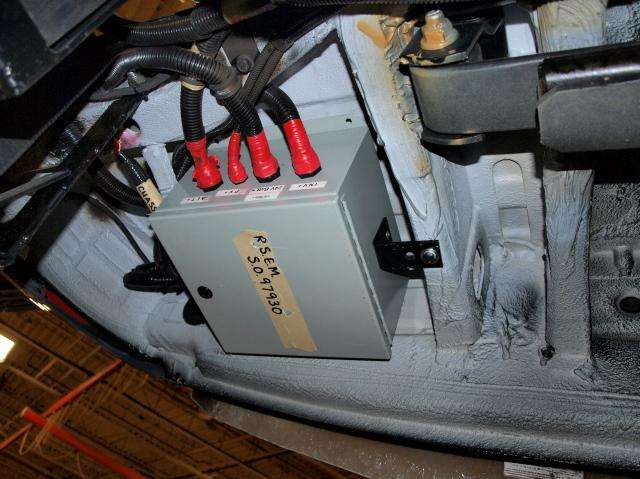
Sure, it's nice to look at the shiny paint and lovely interiors of these new Roadtrek models, but the real exciting stuff for us technogeeks is what's underneath. Since you probably don't have a lift in your garage, I'll show you what the bottom of a Roadtrek looks like, and go over some of the design and engineering considerations of component placement. It will help you understand how things work, and why certain things are the way they are in your Roadtrek.
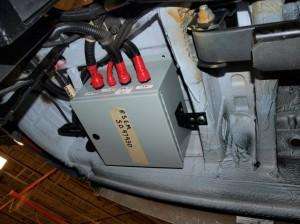
Let's look at a really fancy model – an Etrek. This is on the long (170 inch wheelbase) one ton dual rear wheel Sprinter chassis, the same as all the Adventurous models – CS, RS, and TS. This model will not have propane, since the Etrek is all electric, but many of the components are in the same place regardless of model. We will go down the passenger side first, then the driver's side, and list the components in order.

Let's start with the fresh water tank. The gravity fill is in the passenger front door sill, so you would be correct in guessing that the tank is somewhere nearby. It sits pretty much directly under the front passenger seat. Tanks are color coded – fresh water tanks are white, and gray and black tanks are not. This helps prevent messy misunderstandings by repair technicians and DIY owners. The bottom of the tank is flat, but it is formed to fit the cavity it sits in exactly to maximize water storage. In the Etrek and RS, there's a second tank in the seat pedestal directly over the main tank, and the two are connected so they fill and empty like one big tank.
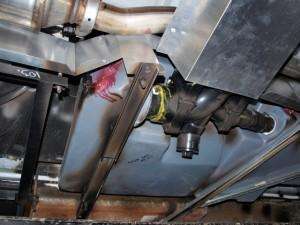
Behind the fresh water tank on the passenger side is the power step – you know where that is because it sticks out, and behind the step are the black and gray water tanks. They fill all the space between the step and the rear wheel. Where the black and gray tank meet, there's the wastewater pump/macerator and valves assembly, which is shielded from road debris and high-centering on speed bumps, etc. by a sheet metal cover. The black water tank is directly below the toilet (gravity is your friend).
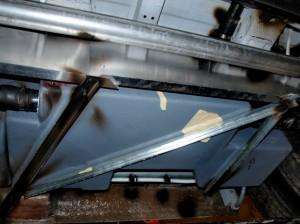
The gray water tank is larger (approximately twice the size of the black water tank), and is supported by elaborate bracing, since it weighs over 150 pounds when full. One advantage of having the fresh, black and gray water tanks all on the same side of the vehicle is that there's no side-to-side weight shift as the water is used. The tanks are shielded from the hot exhaust (the large silver pipe at the top of the tank photos), and you can see the back of the outside electrical outlet peeking out in lower right just ahead of the dual rear wheels.
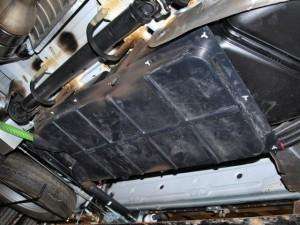
On the driver's side between the axles as you go from front to back is the original diesel fuel tank with a spiffy holder for the green wastewater hose underneath it. The whole thing is less than two inches thick. It automatically uncoils the hose when you pull it out, and coils it back up when done. Beats wrestling a hose every time. The spare tire is behind the tank and hose holder. Propane, if you have it, is on the outboard side of the diesel fuel tank, just behind the driver's door. If you're underneath, you can see all the connections between the tanks and the utility bay panel you see when you open the doors along the bottom of the Roadtrek – fresh water and shore power hookups, gray and black water handles, green hose, and cable TV connection.
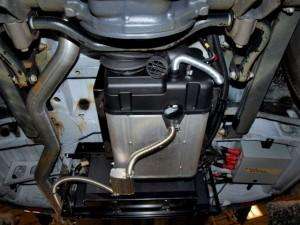
Behind the axle (on this model) are six of the coach batteries in a steel frame. The other two are under the hood – like the tanks, this allows better weight distribution. Models with two coach batteries have just the front batteries. The Etrek's Webasto cabin heating and hot water system is also back here. Its exhaust pipe is a small shiny aluminum tube that exits the rear next to the engine exhaust. There's also a four inch duct going forward from the Webasto unit that provides heated air for the cabin.
So that's what's under this particular Roadtrek – yours will be different, but the general layout is pretty much the same on all the long wheelbase Sprinters. Sorta makes you want to put on your coveralls and grab a creeper to get underneath, doesn't it? No? Oh well. I guess some of us are just a little different.
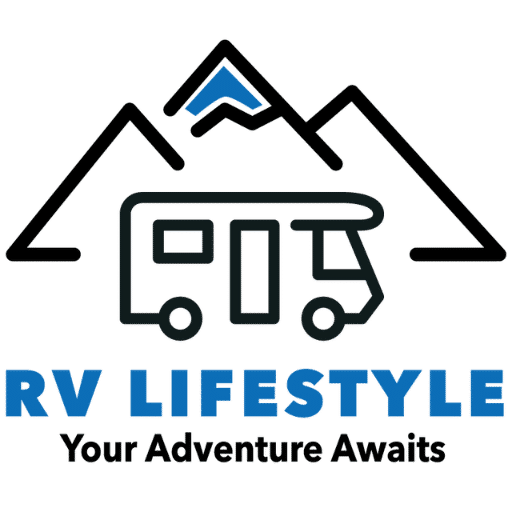
I have been thinking about an SS. If you ever get the chance I’ love to see the bottom of one. Especially the generator. It bothers me subjecting a generator to water splashing from the road so maybe seeing it in place may help me. Thanks, Dean
Dean, that’s like worrying about your river otter getting wet – the problems Onans have seldom have anything to do with the operating environment. In extreme corrosion conditions like driving on salty roads the bottom pan may get rusty, but that’s about it. There are quieter generators of more modern design, but none are certified for use under an RV.
Ok, thank you. I come from the broadcast industry and all our vans (Frontline and Wolfcoach) get generators mounted inside. Yes, the rust issue from water splash and road salt here in NJ is what is bothering me. Oh well…….. I think the SS is the unit for me. Thanks again, Dean
I’ve actually crept under my E-Trek a few times, and it’s a tight fit. Thanks for this much better perspective on the underbelly infrastructure. Are you going to leave us wondering about the box in the rear on the driver side under the inverter? Charge controller for the E-Trek’s auxiliary alternator/generator?
yes, i am going to leave you wondering – my nondisclosure agreement has numerous references to hockey players 😉 but you’re still thinking components, and the Roadtrek people are thinking systems, so your guess isn’t right. these systems aren’t off-the-shelf components with wires connecting them. much money and man-hours have gone into making the pieces work together seamlessly. some components started out as off-the-shelf items but have been re-engineered to the point where they’re almost totally different. they don’t even have the original manufacturer’s name on them anymore – the label just says “Roadtrek”. this is a Roadtrek part – you can’t buy it anywhere on earth. you won’t need one, except to build a Roadtrek. and don’t feed it after midnight 😉
Neat perspective, CS…..